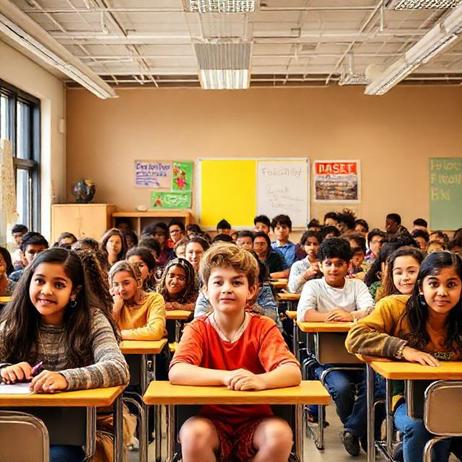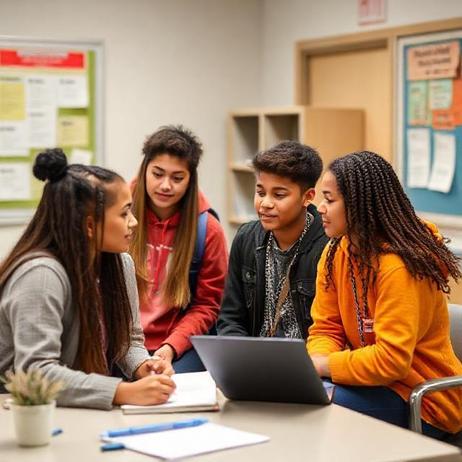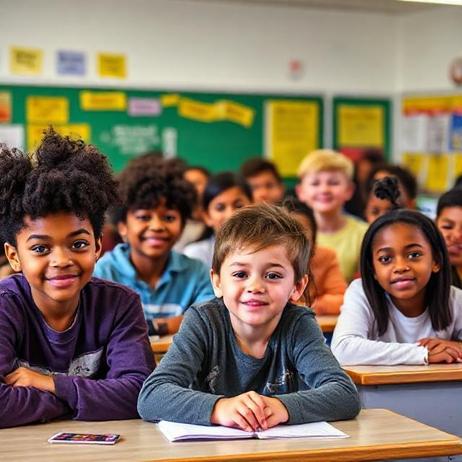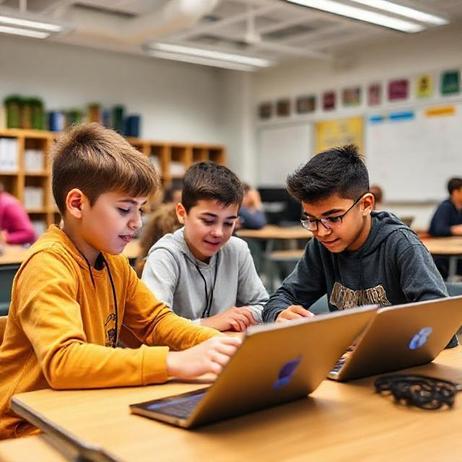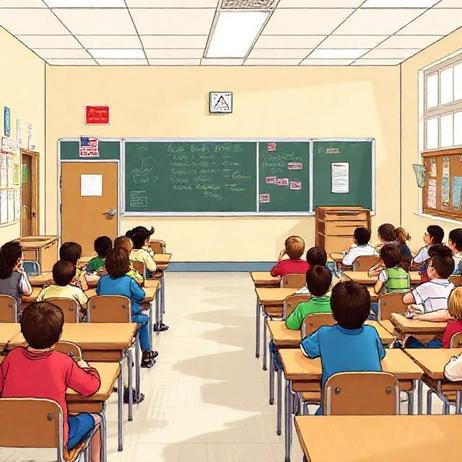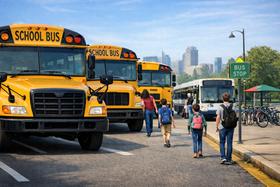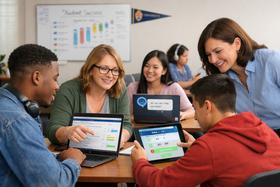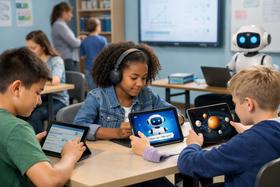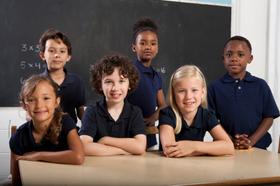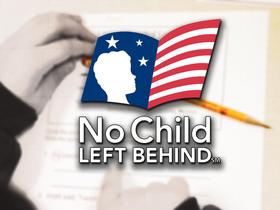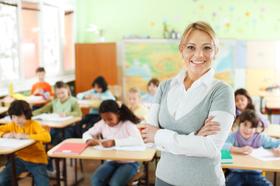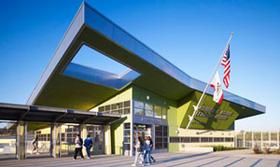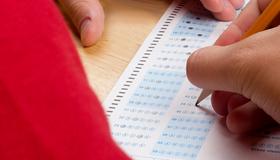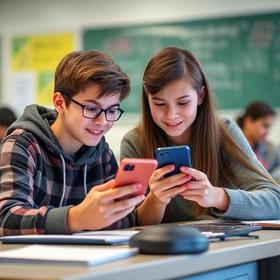U.S. Public vs. Private Schools: 2025 Guide
The choice between public and private schools remains one of the most consequential decisions for American families. As of 2025, the landscape reflects shifting enrollment patterns, evolving school-choice policies, and significant financial trade-offs. This guide examines the latest trends, costs, and considerations to help parents, students, and educators make informed decisions.
1. Enrollment & Demographics
Public schools continue to dominate the U.S. K–12 system. According to the Learning Policy Institute, about 91 percent of students—more than 49 million—attend one of the nation’s 99,000+ public schools. Private schools, by contrast, number around 29,700 and educate approximately 4.7 million students, or under 9 percent of the total. Private schools are primarily clustered in urban and suburban areas: roughly 83 percent are in or near cities, while only 16.6 percent serve remote or rural regions.
Regarding religious affiliation, about two-thirds of private schools—roughly 66 percent—are faith-based, with Catholic schools forming a large share.
2. Tuition, Funding & Spending
Public schools are funded largely through local, state, and federal tax revenues; they do not charge tuition for in-district students. However, public spending per pupil remains substantial: many districts now average around $14,000–$15,000 per student per year, depending on the state and district.
Private school tuition varies significantly. According to PrivateSchoolReview, for the 2025–26 school year, the national average is approximately $14,999 annually, with elementary tuition averaging $14,018 and

